Since the advent of black-and-white TV in 1925, people have been interested in this strange box, and it has not stopped for decades. Due to people's love for TVs, the evolution of TVs is in accordance with the general trend, black and white, color, larger size, thinner body, more vivid colors, as if each stage of TV evolution, people always feel that distance is perfect Almost.
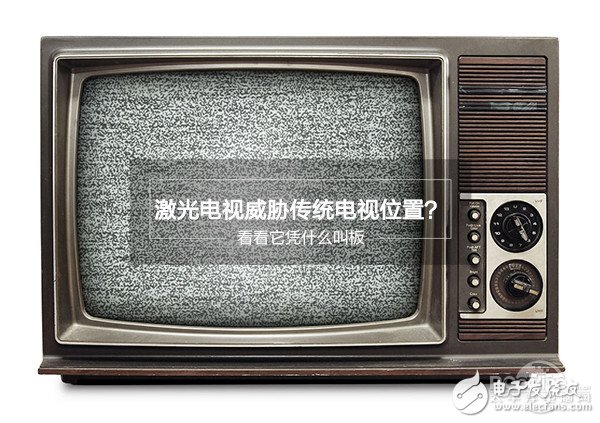
In order to meet people's requirements for TVs, display technology is also constantly being innovated. From the previous rear projection and plasma to the current LCD, QLED, OLED, etc., the iterative update of TVs at the annual science and technology exhibition is the focus of attention. TV sets give the public the impression that they are all one-piece devices, and the media used to play the pictures are mainly through the screen. Since the emergence of projection, the picture was transmitted to the projection screen or even the wall through the projector, and the concept of the screen has slowly faded. Let people start to understand that the screen is not the only way to display the picture, and then the projection is also in the ranks of the home theater. However, the shortcomings of the low brightness of the projection equipment and the death of the light are all criticized, so that the projection has not yet had an actual impact on the traditional TV. It seems that projection in front of the TV is also a toy.
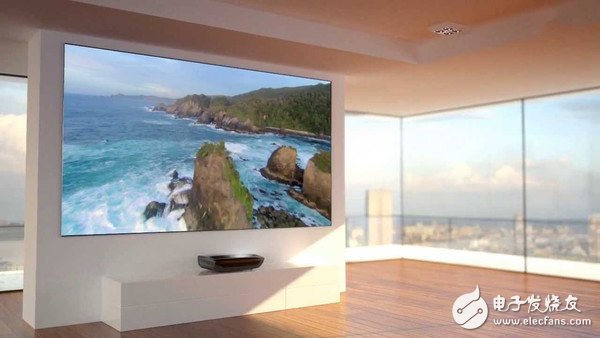
Until the recent CES2018, Hisense has been doing traditional TV product lines, but their main product line is laser TV. Laser TV, a name that sounds full of science and technology, seems to be a very new TV technology. In fact, Mitsubishi has already launched a 40-inch laser TV prototype as early as 2006, but the technology and other aspects were not mature at that time. In the international field, German LDT, Sony, Mitsubishi, Panasonic, Hitachi, Toshiba, Epson, Samsung, and other companies have also reported that they are actively researching laser TV and laser projection products. Therefore, the development process of laser TV has been more than ten years. In 2014, manufacturers such as Hisense, Optoma, Changhong, Hualu, Konka, Semel and Yidian have launched laser TVs, which means the explosion of laser TV. The "period" seems to usher in an opportunity to break out under the push of domestic manufacturers. In 2017, manufacturers such as Hisense, Xiaomi, Ximi, and Changhong are still insisting on updating the laser TV product line.
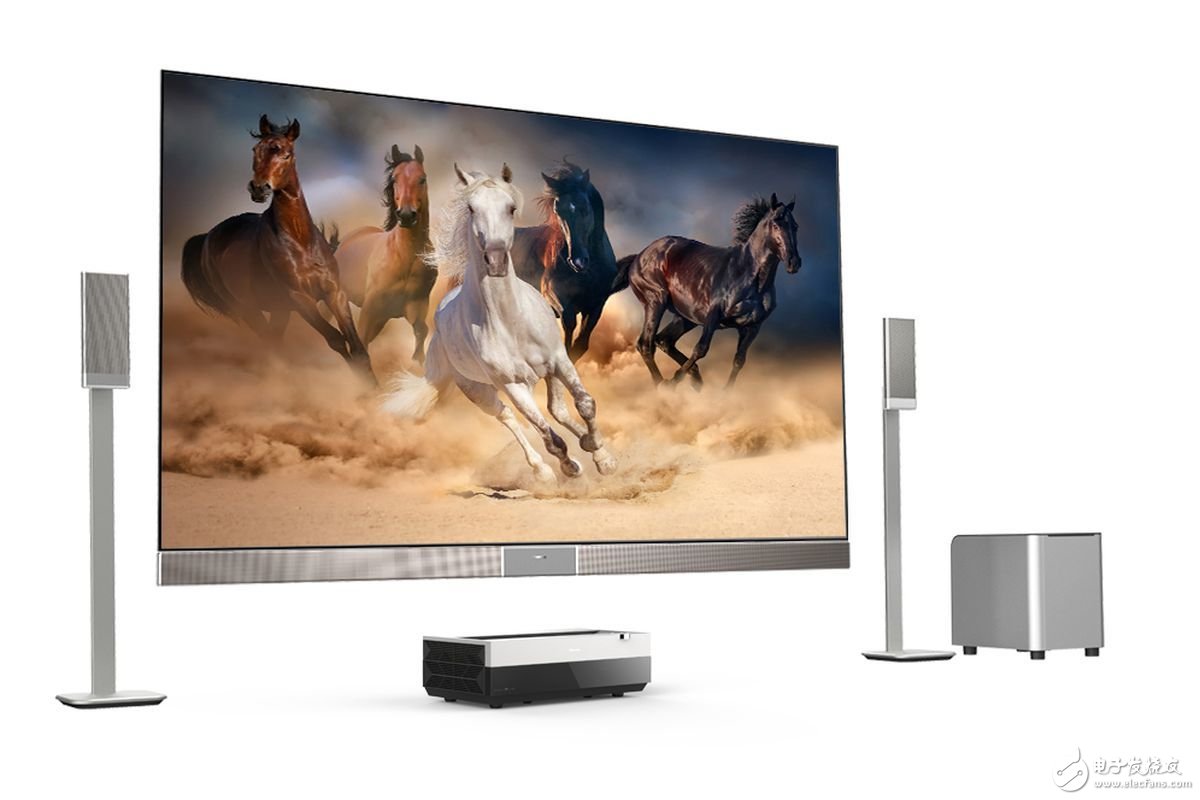
Laser TV is the use of semiconductor-pumped solid-state laser working material to generate continuous lasers of three wavelengths of red, green and blue as the light source of color laser TV, and the three primary color laser scanning images are controlled by the TV signal. The color gamut coverage can theoretically be as high as 90% of the human gamut.
Here we have to mention one of the most important parts of the laser. The laser can emit light with a certain wavelength and color. By installing a special crystal or light guide in front of the laser to generate red, green and blue colors, and then in these materials, the laser is focused Transform into the desired color. At startup, the red, green and blue data is sent to the modem inside the laser unit. The video data is converted into optical information by amplitude modulation. The three-pointed rays with red, green and blue lines are combined into a single laser beam, and the laser contains all the image information. The beam is then sent to the projection head through the optical cable and finally projected on the screen.
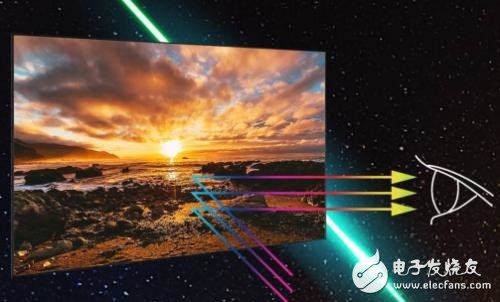
Laser TV as an emerging TV type inevitably makes people compare with traditional TV. As two different types of TV, laser TV and traditional TV must have advantages and disadvantages.
One of the advantages of laser TV is that the laser is 100% monochromatic light, so that the color gamut can theoretically exceed the NTSC color gamut by more than 110%, surpassing the OLED 100% NTSC color gamut level. The improvement of the color gamut mainly reflects the effect that the picture looks more realistic and layered, and the clarity can also be improved as the color saturation increases.
The laser TV also has the advantage that it is flexible in the size of the display screen, unlike the fixed size of the traditional TV. The increasing size of TV sets also reflects the modern people's pursuit of the picture. The larger the size of the TV set, no matter where it is placed or the weight of the body, it is an important range that consumers need to consider. On the contrary, the laser TV is much more casual, and the size ratio of the screen display can be adjusted only by operation, which greatly captures the hearts of consumers who pursue the screen size.
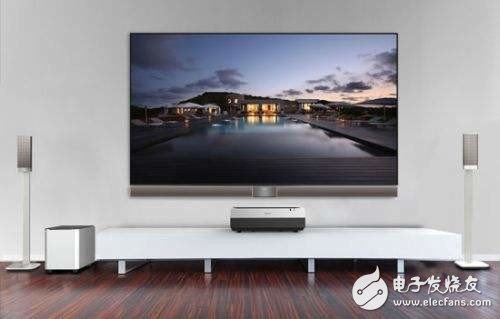
The problem of power consumption is also one of the elements that cannot be ignored. After all, people usually turn on the TV for an hour or more or more. According to statistics, the power consumption of a 100-inch laser TV is only equivalent to the level of a 40-inch LCD TV, and the lifespan can generally reach tens of thousands of hours. If it is calculated according to 10 hours of daily use, the service life of the laser TV can reach 10 years, so the power consumption It can be seen that the laser TV is a reliable product with a long life.
OLED TV is a newcomer in the TV circle in recent years, and it has been highly praised for its excellent display technology and perception. It is inevitable that laser TV and OLED TV will be compared. Among them, laser TV uses RGB laser light source. Compared with OLED, laser TV has the advantages of high color purity and large color gamut. Because laser monochromaticity is good, the color purity is extremely high, and a higher color gamut can be achieved, so laser TV has more obvious advantages than traditional TV.
Nearly half of the power consumption of OLED TVs comes from the screen. The larger the screen, the higher the power consumption, and the increase in screen size has higher requirements for materials and processes, resulting in higher prices. The power consumption of the laser TV is only about half of the OLED TV of similar size, and the screen size has no direct correlation, so the laser TV is strictly superior.
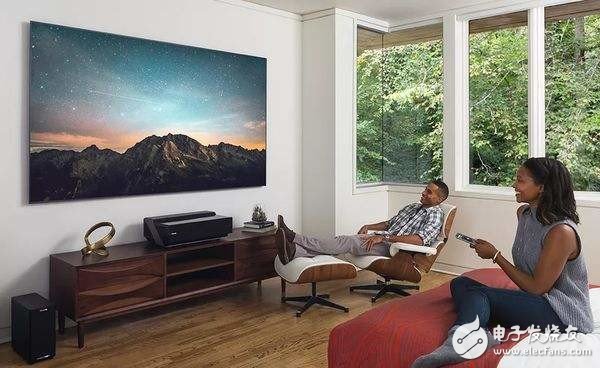
First of all, the development of laser TV is becoming more and more mature, and the price has reached the range acceptable to ordinary consumers. The company that makes laser TV more affordable, as always, is Xiaomi, and the price of 9999 yuan also allows consumers to exceed 10,000. The price of yuan experience laser TV. There should also be more manufacturers lowering the threshold for buying laser TVs, so in the future there will certainly be more and more users considering buying laser TVs for early adopters. Bright colors, eye protection, energy saving, and long life are the advantages of laser TV over traditional TV, so you can also understand that manufacturers such as Hisense have been committed to developing laser TV and promoting it as their own key product, proving that laser TV is quite competitive high. In terms of living conditions, in the face of domestic inch-sized gold ruler soil, the flexible placement of the laser TV and the adjustment of the display size are very suitable for small-sized families. It can be said that in all aspects, the potential of laser TV is immeasurable. I believe that laser TV has the ability to take a firm foothold in the family, rather than enter the family with the nature of toys.
High Voltage Laboratory Power Supplies
The LTP series laboratory high-voltage power supply is a high-voltage power supply specially designed for high-voltage laboratory applications with high precision, high stability, and low ripple output characteristics. Built in 19 inches, 2U standard chassis with designed output power at 1KW and output voltage ranges 1KV to 60KV.
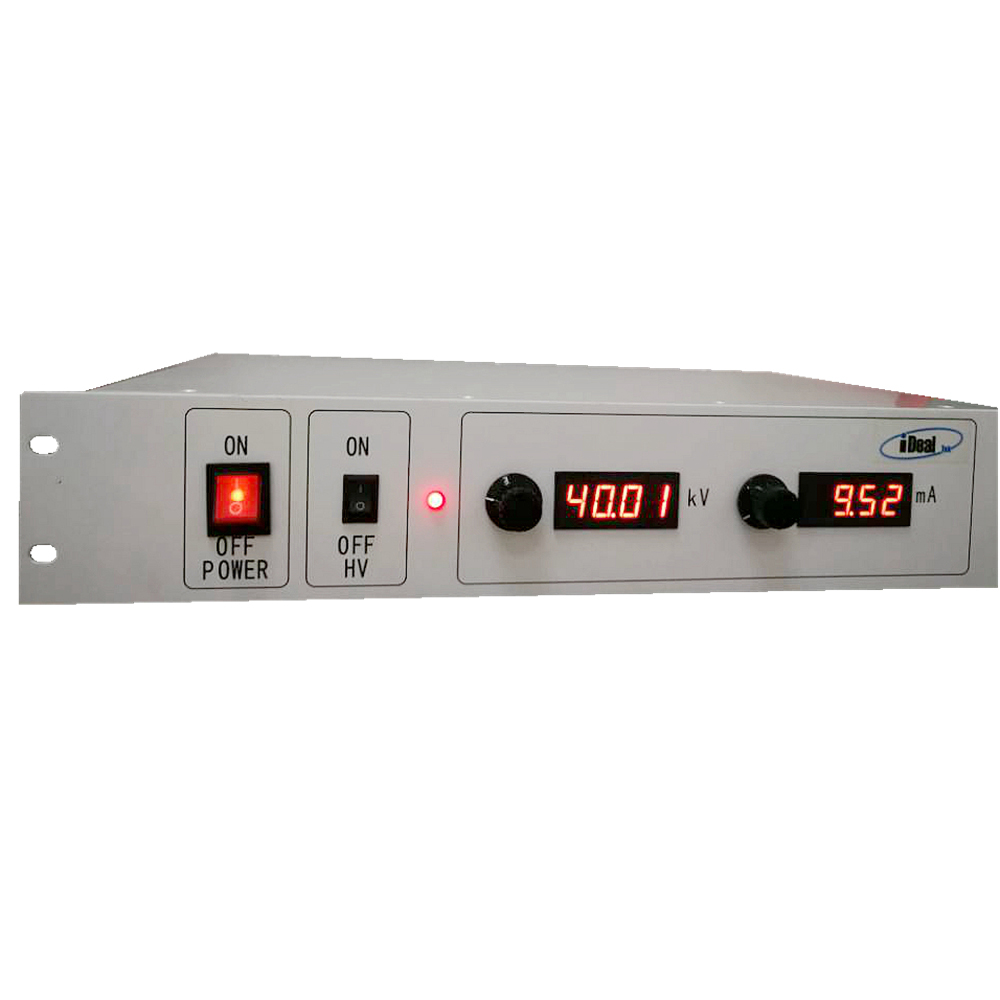
After optimizing the output stability and output ripple on the basis of the 1KW high-voltage power module, the stability and ripple of the high voltage lab power supplies can reach the level at 0.1%.
The high-voltage laboratory power supply is also a constant-voltage and constant-current type high-voltage power supply. The output voltage and current can be continuously adjusted from 0 to the rated value via the added control potentiometers added to the front panel, high resolution LEDs display for output KV and mA are also added for intuitive measuring of high voltage laboratory bench.
The lab high voltage power supply is also equipped with DB9 interface as standard. Customers can apply 0-10V signals and dry contact signals to the interface according to our interface definition to achieve comprehensive control and monitoring functions on the power supply, like high voltage start / stop, output setting and reading.
The LTP series laboratory high voltage power supply is equipped with complete protection functions, which can deal with sparking, short circuit, overload, load discharge and other situations.
At present, the high-voltage laboratory power supply is mainly used in Laboratory power, High-voltage test stands, Electrostatics, Capacitor / Insulations testing and Electrophoresis applications.
High Voltage Lab Power Supplies, High Voltage Laboratory Power Supplies, High-voltage Lab Power Supplies, Laboratory High Voltage Power Supplies, Lab High Voltage Power Supplies
Yangzhou IdealTek Electronics Co., Ltd. , https://www.idealtekpower.com